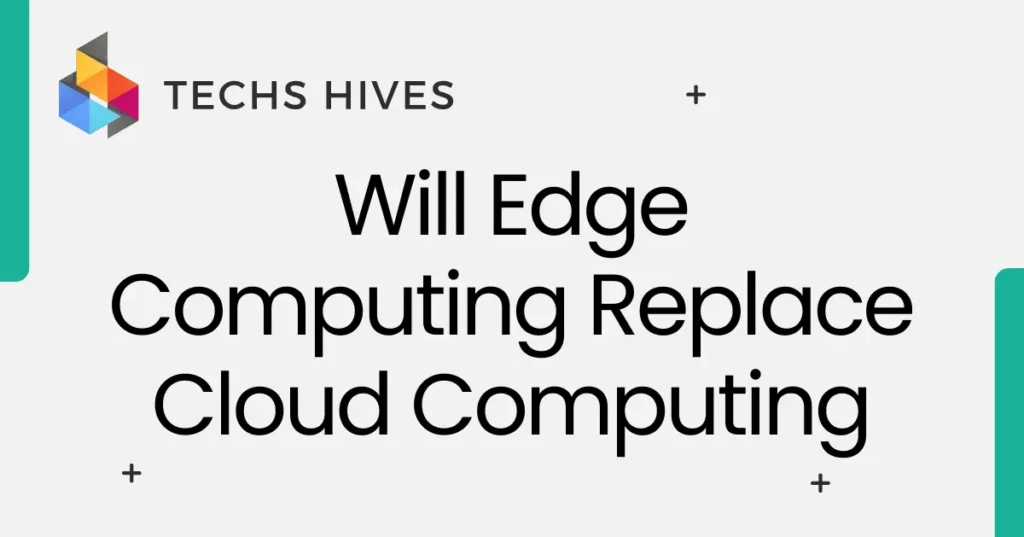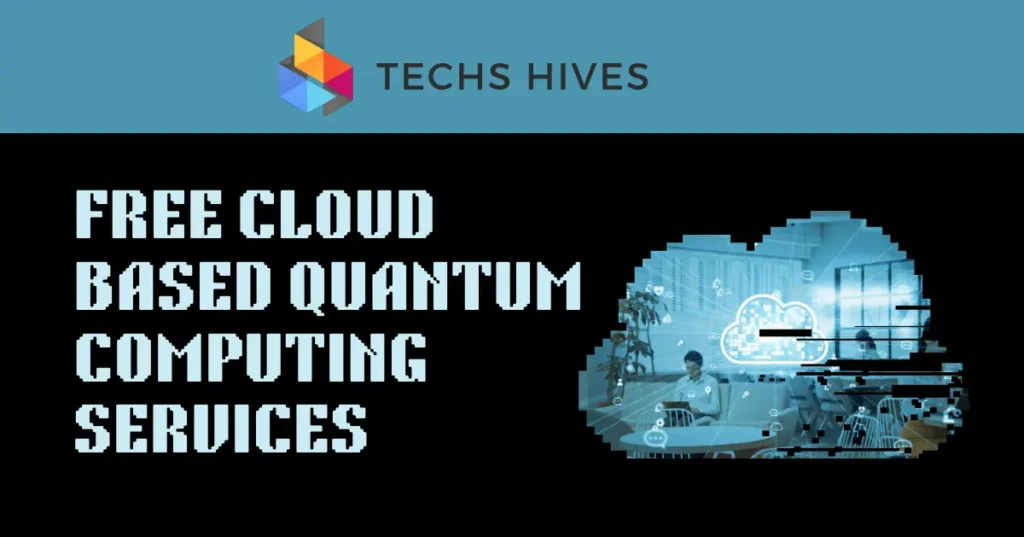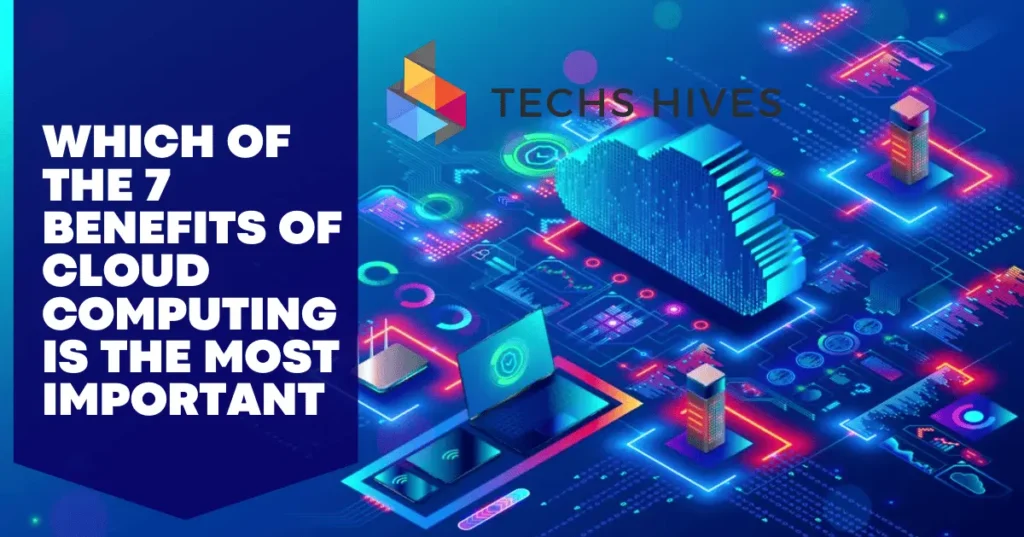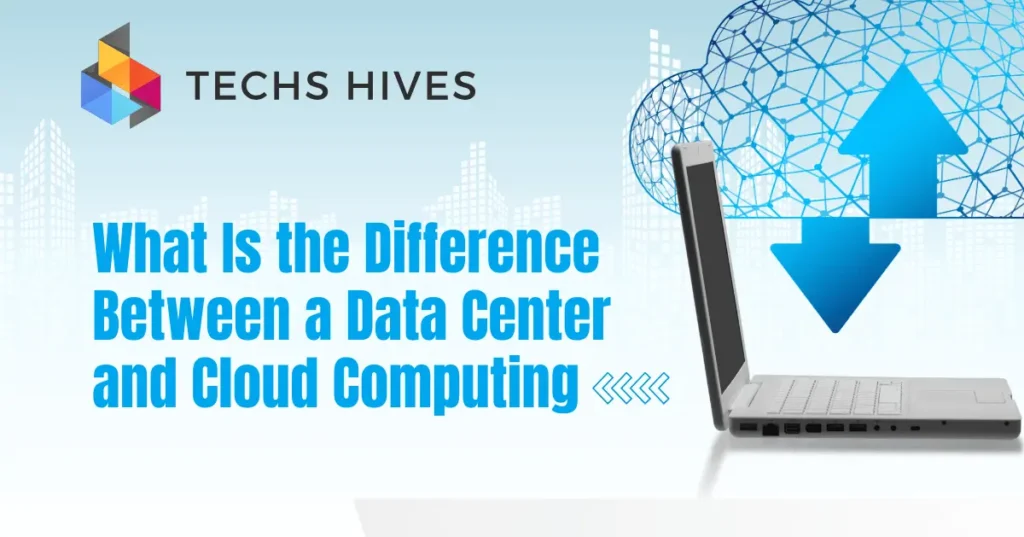Edge computing processes data closer to where it is generated. Instead of sending all information to a central cloud, edge devices handle tasks locally. This approach reduces delays and speeds up responses. It is useful for real-time applications, like self-driving cars or smart cameras. By handling data near its source, edge computing helps reduce network congestion and enhances privacy.
Cloud computing is storing and processing data over the internet. Instead of keeping everything on your computer, you use remote servers to store files and run programs. This allows easy access to data from anywhere. Cloud computing is often used for backup, data sharing, and running software.
Table of Contents
Edge Computing
Edge computing processes data closer to where it’s generated, like on a device or a nearby server. Unlike cloud computing, which sends data to a centralized location, edge computing handles tasks locally. This local processing reduces the delay (latency) involved in sending data back and forth, leading to faster results and responses.
This type of computing is especially useful for real-time applications. For example, in self-driving cars, data from sensors needs to be processed instantly for the car to make quick decisions. Similarly, smart home devices use edge computing to provide faster responses without relying too much on a central cloud server.
Edge computing also reduces the amount of data sent across networks. This decreases bandwidth usage and can lower costs for companies. Additionally, because data is processed closer to its source, sensitive information stays more secure and is less likely to be exposed during transmission.
Cloud Computing
Cloud computing involves storing and processing data over the internet rather than on a local computer. Instead of using physical servers or your personal device for data storage, cloud computing lets you access remote servers that handle the heavy work. This setup makes it easy to access files and applications from anywhere with an internet connection.
One major advantage of cloud computing is scalability. It allows businesses to adjust their resources based on demand, whether they need more storage or more processing power. This flexibility makes cloud computing cost-effective, as users only pay for what they use. It’s especially beneficial for growing businesses that need to manage fluctuating workloads.
Cloud services are also helpful for data backup and sharing. Important data is stored remotely, which means that even if your local device is damaged, your data remains safe. Plus, sharing files and collaborating on projects becomes easier, as multiple users can access the same resources in real time.
Edge Computing vs. Cloud Computing
Edge computing and cloud computing serve different roles in data processing. Cloud computing involves storing and processing data on remote servers, accessible through the internet. On the other hand, edge computing processes data locally, close to its source, such as on devices or nearby servers.
Advantages of Cloud Computing
Cloud computing is ideal for large-scale data storage and services that don’t require immediate response times. It is scalable, cost-effective, and allows businesses to run powerful operations without investing in physical infrastructure. However, it heavily relies on internet connectivity, which can introduce delays for applications needing quick responses.
Benefits of Edge Computing
Edge computing shines in scenarios where speed is crucial. By processing data locally, it reduces latency, which is essential for applications like self-driving cars or industrial machines. This approach helps save network bandwidth and enhances privacy by keeping sensitive data closer to its origin.
Complementary Nature of Edge and Cloud Computing
While cloud computing excels in processing power and data management, edge computing offers fast responses and efficiency for real-time tasks. Together, they provide a balanced solution for managing modern data needs, combining scalability with speed and reliability.
Real-World Applications of Edge Computing
1. Internet of Things (IoT) Devices
Edge computing is crucial for IoT devices like smart thermostats, smartwatches, and security cameras. These devices generate large amounts of data and require fast responses. By processing data locally, edge computing ensures quicker results, which enhances user experience and reduces reliance on remote servers.
2. Self-Driving Cars
Self-driving cars need to make split-second decisions, such as detecting obstacles or adjusting speed. Edge computing allows the car to process sensor data immediately without relying on cloud connectivity. This local processing ensures a safer, faster response time, which is critical for the vehicle’s performance and safety.
3. Industrial Automation
Edge computing is also used in factories and manufacturing environments for industrial automation. Machines equipped with sensors can process data locally to identify issues or make adjustments in real-time. This helps improve efficiency, reduce downtime, and quickly adapt to changes in production conditions.
4. Healthcare and Remote Monitoring
In healthcare, edge computing helps with remote monitoring of patients. Devices like wearables can analyze health metrics locally and send only critical data to cloud servers or healthcare professionals. This not only speeds up the detection of issues but also helps manage sensitive health data securely and effectively.
Trends Shaping the Future of Edge and Cloud Computing
Growth in IoT and Smart Devices
The rise of Internet of Things (IoT) and smart devices is driving the demand for edge computing. As more connected devices emerge, the need to process data closer to its source increases. This helps reduce latency and ensures real-time decision-making, making edge computing an essential technology in the future.
5G Technology Integration
The rollout of 5G networks is set to boost both edge and cloud computing. With faster data transfer speeds and lower latency, 5G allows edge computing to handle real-time applications more effectively. Cloud services will also benefit from 5G’s increased bandwidth, enabling better remote data processing and connectivity.
Hybrid Cloud and Edge Models
The future will likely see a mix of cloud and edge computing working together. Hybrid models that combine the scalability of the cloud with the speed of edge computing will become more common. This combination will allow businesses to get the best of both worlds—efficient data processing with minimal latency.
Increased Focus on Privacy and Security
With growing concerns around data privacy, edge computing is gaining attention for its ability to keep sensitive information closer to the source. By processing data locally, edge computing reduces the risks associated with transmitting sensitive data to remote cloud servers, ensuring better data security and privacy.
Conclusion
Edge computing and cloud computing each have their strengths. Cloud computing is ideal for large-scale data storage and services that require significant processing power. On the other hand, edge computing is great for quick data processing where fast responses are essential, like in smart devices or self-driving cars.
It is unlikely that edge computing will completely replace cloud computing. Instead, they will work together, complementing each other’s capabilities. Cloud computing will continue to provide scalability and centralized data management, while edge computing will ensure speed and efficiency for real-time tasks.



